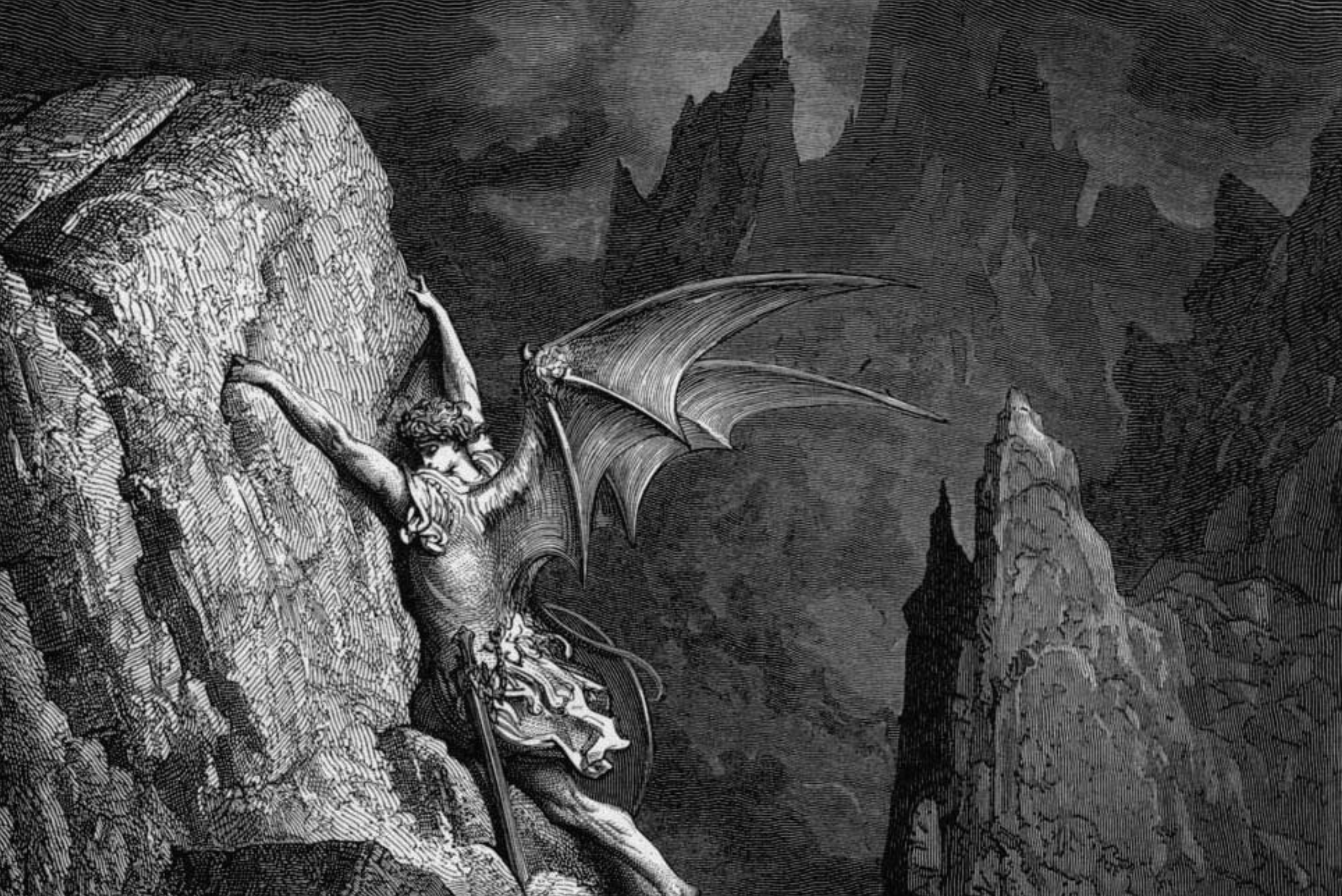I find it helpful to think of writing as a way of continuing a conversation I didn’t start. It relieves a lot of pressure to remember, My job here is not to say something utterly original, but to add something to an ongoing conversation. It may seem counterintuitive, but giving up on “utter originality” may be the first step in producing something that feels original to the reader—something that continues the conversation in an interesting way.
I’ve been thrilled to be involved in a new book project that contributes to the conversation around the Arthur legend that has been going on for a millennium or more. The Lost Tales of Sir Galahad should start shipping from Rabbit Room Press this week (Deo volente). I love the story of where this book came from—especially the ways it developed through conversation and collaboration. This story, by the way, is told in more detail in this week’s episode of The Habit Podcast, in which I speak with Pete Peterson and Jennifer Trafton, the book’s editors.
The initial idea for The Lost Tales of Sir Galahad came when illustrator Ned Bustard was reading through The Story of the Grail and the Passing of Arthur, Howard Pyle’s 1910 novelization of the Arthurian legends. Ned’s imagination was fired when he came to this passage:
NOW, AFTER SIR GALAHAD had smitten down Sir Launcelot, as aforetold of, he rode for a long while in a wild forest and had many adventures of divers sorts, of which no account hath been given, though mention is made of them in the ancient histories of those things which I have read.
So here was a significant gap in the story of Galahad: he had many adventures of divers sorts in a wild forest. How many adventures? What kind? Were dragons involved? Wouldn’t it be fun, thought Ned, if all those lost tales of adventure got written and compiled in a book? Actually, I think what got Ned most excited was the thought of illustrating all those knights and monsters and forest creatures.
So Ned called Pete Peterson at Rabbit Room Press. Pete liked the idea, and Ned started recruiting his writer friends to write these lost tales of Sir Galahad’s adventures in the wild forest. Pete wrote a story, as did Rebecca Reynolds, Doug McKelvey, Junius Johnson, Mark Bertram, and Annie Nardone. Malcolm Guite composed a 400-line ballad called “Sir Galahad and the Naiad.” I wrote a story called “Sir Galahad and the Knight of Unmitigated Calamity.” Ned wrote several himself.
But even though Ned Bustard has a lot of writer friends, not all of them were able to contribute to The Lost Tales of Sir Galahad, and the manuscript was looking a little thin. So Ned and Jennifer Trafton, who had by now signed on as editor, asked me if the writers of The Habit Membership might be interested in submitting some stories. As it turns out, the members of The Habit were very interested.
I wrote about this part of this story last year, but I’ll recap because it’s such a great picture of the way that collegiality leads to generativity in The Habit Membership. Jennifer was hoping to get three or four usable pieces for the Galahad book. Something like two dozen Habitués started working on stories. Then they started posting their stories to The Habit forums and giving one another helpful feedback. As I wrote last year,
The writers of the Habit Membership found themselves in a situation that one could easily interpret as competitive… Encouraging fellow writers to write and submit their own stories—that doesn’t seem like a move calculated to improve one’s chances. Actively helping those writers to improve their submissions to the same “competition” you’re submitting to? That’s not a strategic move either. But that’s exactly what happened. As the writers of the Habit Membership went back and forth, the stories got better and the writers got braver. And the editors of the collection found room for so much excellence. It turned out that all that un-strategic generosity did improve the writers’ chances of getting selected. Three or four slots became thirteen slots.
I was wrong about that last bit, actually. There aren’t thirteen but fifteen stories by Habitués in The Lost Tales of Sir Galahad. Here they are:
- Seth Grotzke — “Sir Galahad and the Woodcutter”
- Andrea Yenne — “Sir Galahad and the Bowthorpe Oak”
- Tracee Hackel — “Sir Galahad and the Jacka**pe”
- Judith Millar — “Sir Galahad and the Nighingale”
- Nicole Fenn — “Sir Galahad and the Keeper of the Egg”
- Jennifer Cerino — “Sir Galahad and the Game of Riddles”
- Robyn Wall — “Sir Galahad and the Seat Comfortable”
- Micah Hawkinson — “Sir Galahad and the Ruin” and “Sir Galahad and the Mere”
- Rachel Donahue — “Sir Galahad and the Fairy”
- Miriam Novotny — “Sir Galahad and the Stone Trolls”
- Emma Fox — “Sir Galahad and the Angry Grove”
- Loren Warnemuende — “Sir Galahad and the Hiccoughing Phoenix” and “Sir Galahad and the Boy”
- George Edema — “Sir Galahad and the Golden Meadow”
I have to do a little extra bragging on Habit member Tracee Hackel. One of the most fun elements of The Lost Tales of Sir Galahad is the ridiculous pseudo-scholarly, overly-footnoted editorial tone that runs through the whole book and ties together stories that are quite different from one another—or, to put it another way, stories that take the conversation in a lot of different directions, many of them contradictory. As you can hear in this week’s podcast episode, a lot of that tomfoolery was inspired by Tracee Hackel’s story, “Sir Galahad and the Jackan**pe,” which consists of four fragmented lines of “story” and five pages of ludicrous footnotes written by the “Society for Galahadic Study and Emulation.” When Jennifer Trafton read that story, she says, she knew how she was going to shape this big pile of semi-related stories into a book. (You can read the book’s introduction, by “Gwenifere of Traff-Towne,” here.)
I should also mention that the end product, thanks to Ned Bustard’s design and illustration, is just gorgeous. You can get your copy here.








